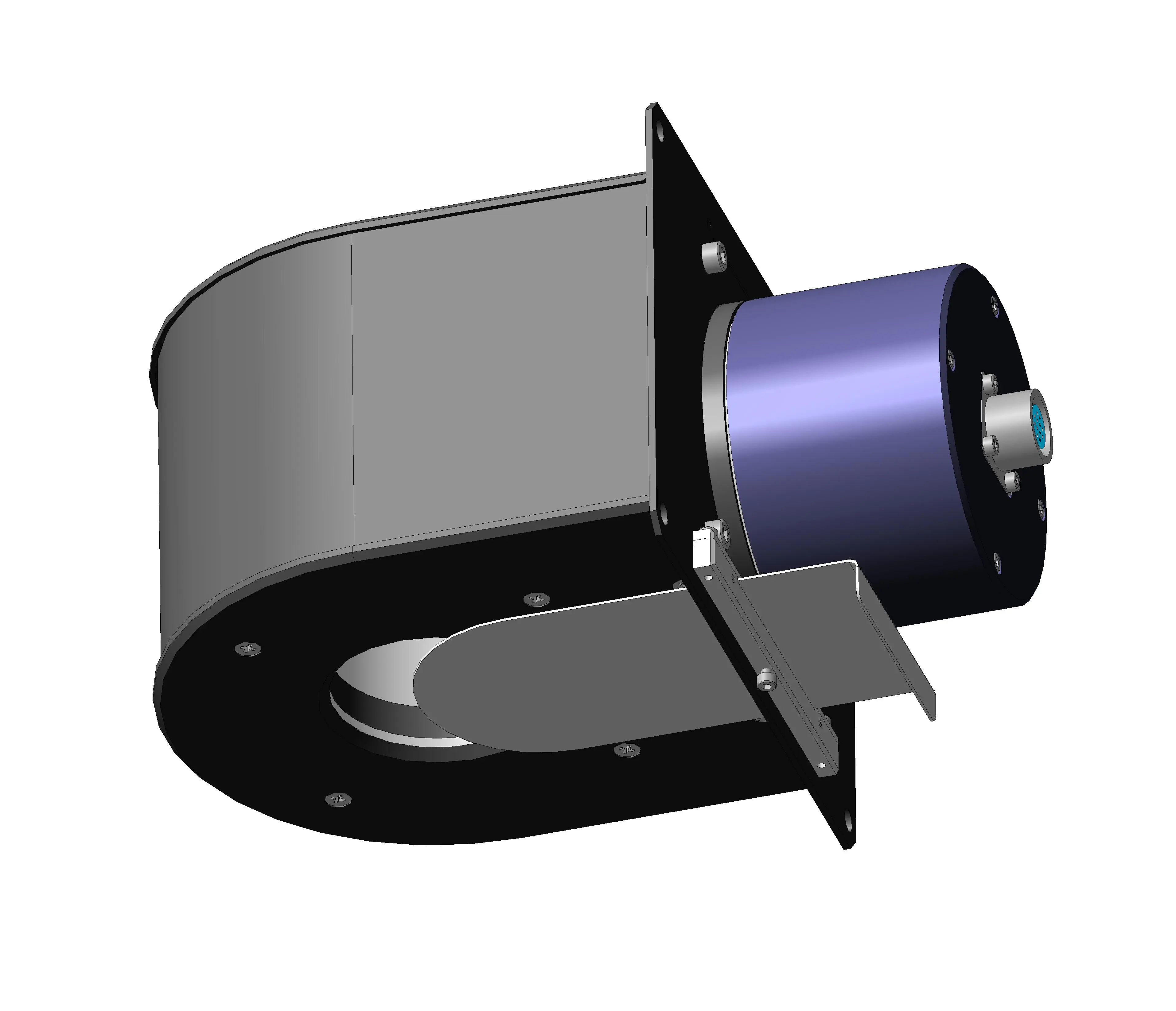Table of Content
RADAR, Chip-based Humidity and Temperature Sensors, Gas Sensor, GPS, accelerometer are examples of Active Sensors. These sensors are costly, so they are regularly utilized in warehouses, storage units, and in different circumstances that need an industrial level of safety. Motion sensors are additionally extraordinary for assisting with saving energy. These sensors can be attached with lighting or the indoor regulator to help control the energy use in a room dependent on the inhabitants of the room. The tilt sensor detects and varies with an angular movement, angular slope, angular motion, axes of the reference plane.

Level sensors/detectors can be of the contacting or non-contacting type. More information about level sensors may be found in our related guide All About Level Sensors. In contrast to contact sensors, non-contact sensors are devices that do not require a physical touch between the sensor and the object being monitored in order to function. A familiar example of this type of sensor is the motion detector used in security lights. Radar guns used by law enforcement to monitor the speed of vehicles is another example of a form of non-contact sensor.
Motion and Occupancy Sensors
Lawns and backyards are parts of the home that needs regular maintenance. Automated irrigation control systems make outdoor home management easy. Switches are electromechanical devices that are used in electrical circuits. Many control sensors use 4-20 mA current loops, where 4 mA represents the low side of the analog signal and 20 mA represents the high side.
Some manufacturers refer to this distinction as “point” versus “continuous” sensing. But at the core, every smart home solution application comprises of basic sensors that are capable of detecting changes in the ambient data based on various stimuli such as temperature, smoke, motion etc. Smart motion sensors have a variety of security applications for detecting motion and alert homeowners when they are away. Following types of sensors are widely used to detect any change in parameters.
Industry Insights
Below you will find comprehensive information on the types of products, their suppliers and manufacturers, sensor applications in industry, considerations, and important attributes. ThisRotating Torqueindustrial automation sensors used for measuring reaction of rotating torque. An occupancy or presence detector is basically the same technology as a regular motion sensor, but with a higher resolution.

Examples are MQ-8 for measuring Hydrogen gas levels, MiCS-2714 for measuring nitrogen oxide, etc. For example, the water PH chemical sensor shows different colors according to the PH level. All sensors have a sensitive element that changes their properties when a parameter changes. This change in sensing element properties determines any change in measured parameters.
Automated appliance control system
Others cast infrared beams that are reflected back to sensors that look for interruptions of the beams. Rotating Torque & Torque Transducers are few important sensors used in industrial automation. Acceleration and Motion MEMS are few important sensors used in industrial automation. Turned parts for Pressure Sensors and Vaccum Sensors are few of the major pressure sensors used in Industrial automation. A Sensor is a device that identifies the progressions in electrical or physical or other quantities and in a way to deliver a yield as an affirmation of progress in the quantity. In simple terms, Industrial Automation Sensors are input devices which provide an output with respect to a specific physical quantity .

Automation Sensors take control of your lights and appliances so you can customize how and when to control devices around your home. It is used to monitor the ambient light levels and report them back to your home automation controller. This is often used in conjunction with a motion or presence sensor to switch lights on automatically when someone enters a room - but only if they are needed. They can also be used to ensure that security lights only operate after dark, or make outdoor lighting come on automatically at dusk. Are the sensors in which a sensing element detects a physical parameter and converts it into an electrical signal. This electrical signal is used to determine the value of that physical parameter.
But for those so inclined the “truly” smart smoke/CO2 detectors have some pretty neat functionality. Other water sensors get much more involved and can monitor your homes overall water consumption and even monitor/control your water irrigation needs. These sensors alert you of excess water build up and moisture to help you prevent leaks and water damage. Most applications of vibration sensors involve detecting knocking on a door. These sensors rely on their own surfaces to detect the components in the gas or in the atmosphere.
Some doorbells can even learn individual faces and announce the visitor’s name when they arrive. For more regarding smart home and security in particular, check out how to stay safe with your smart home gadgets. And if you're looking more products to improve your smart home experience, try smart plugsnext.
Proximity sensors for pneumatic cylinders, for example, are designed to attach directly to a cylinder’s tie rods, and thus have specific mounting arrangements, as shown at right. Micro-electro-mechanical Systems Acceleration Sensorsare one of the main inertial sensors; and are dynamic sensor competent of have a greater range of sensing capabilities. These sensors also play a pivotal role in predicting and preventing numerous potential proceedings, thus, catering to the requirements of many sensing applications. Light sensors can both save you money and improve your home's security. Not only will it alert you if a leak is detected, but can also inform you if the device has been inadvertently moved or tampered with.

Best of all, it can even shut off your water supply in the event of a major leak, thus giving you peace of mind if you're away from home. As you can see, there are several sensors on the market that can help you create a safe, smart home that is protected even when you are not there. This adoption of this type of technology is quickly catching on and is even becoming an insurance incentive.
Insurance companies want you and your home to be safe and many are beginning to offer services to help you along with making your home intelligent, proactive in protecting you and your wallet. This cool device allows you to see who is at your door from your smart phone. Whether you are inside alone and want to screen who is at the door, or if you are at work and someone is at your house.

These tasks include lighting feature, energy conservation, security, home entertainment system, and many more. These all tasks can be made more efficient by using the concept of smart home or Home automation, which can be implemented using the concept of Internet of Things. Home automation offers a lot of flexibility, ease in fault detection, triggering, offers the ease in mobility, and avoids the complexity of running through wires. The IoT based Home automation system is controlled with the help of servers and sensors. The servers used in these are the remote servers located on the internet which helps to manage the information or data without the need of personalised computers. These servers can be configured to control and monitor multiple sensors installed at the desired location.

No comments:
Post a Comment